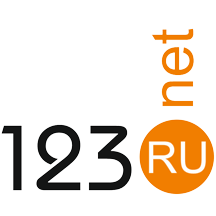Memory Wars
Since the collapse of the Soviet Union in 1991, Russia has witnessed competing approaches toward remembering Stalin’s era of mass repression. Often, the discussion around the historical memory of Soviet repression is stereotyped as driven by Muscovite intellectual elites. Yet to understand the broader dynamics of memory-making in Russia, we need to look beyond Moscow. Then, we will see how local communities across Russia have independently driven memorial efforts for decades, highlighting that the impulse to remember repressions’ victims is of much value to ordinary citizens, deeply connected to their personal and local histories.Since the 1990s, a network of grassroots memorial initiatives has emerged. Ordinary people, local historians, activists, and descendants of repression victims have created monuments, museums, and more across Russia’s regions — often in the face of indifference or even hostility from the state. Their persistence reveals the resilience of civil society under increasingly authoritarian conditions.As of 2023, around two thousand monuments to the victims of political repression in the USSR have been installed in Russia since 1988. However, this process was not continuous. The majority of these memorials were erected in the 1990s and early 2000s, during a wave of public reckoning with Soviet-era crimes. By 2010, over 1,700 such monuments had been installed, driven largely by grassroots initiatives and countrywide organisations like Memorial.
